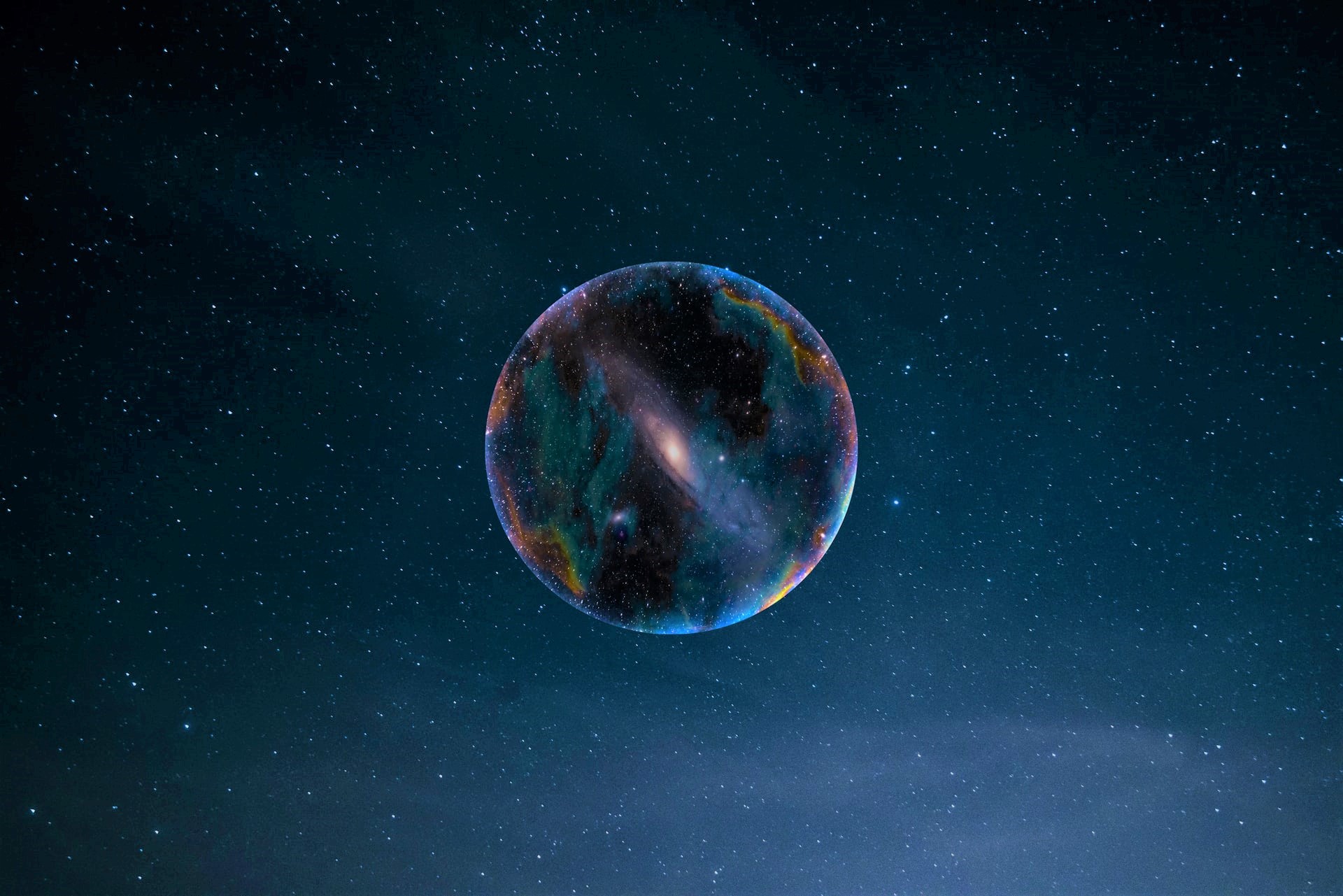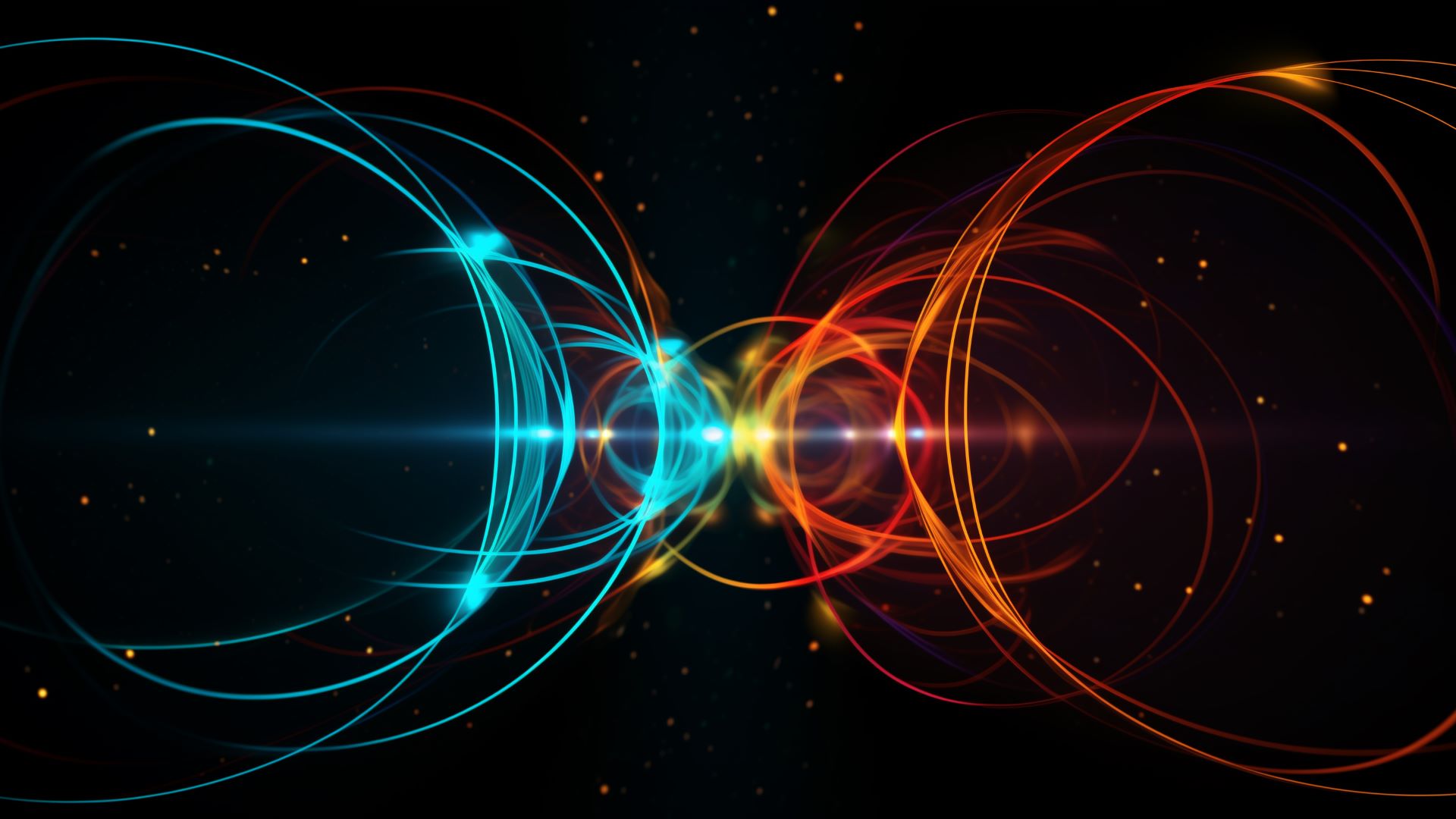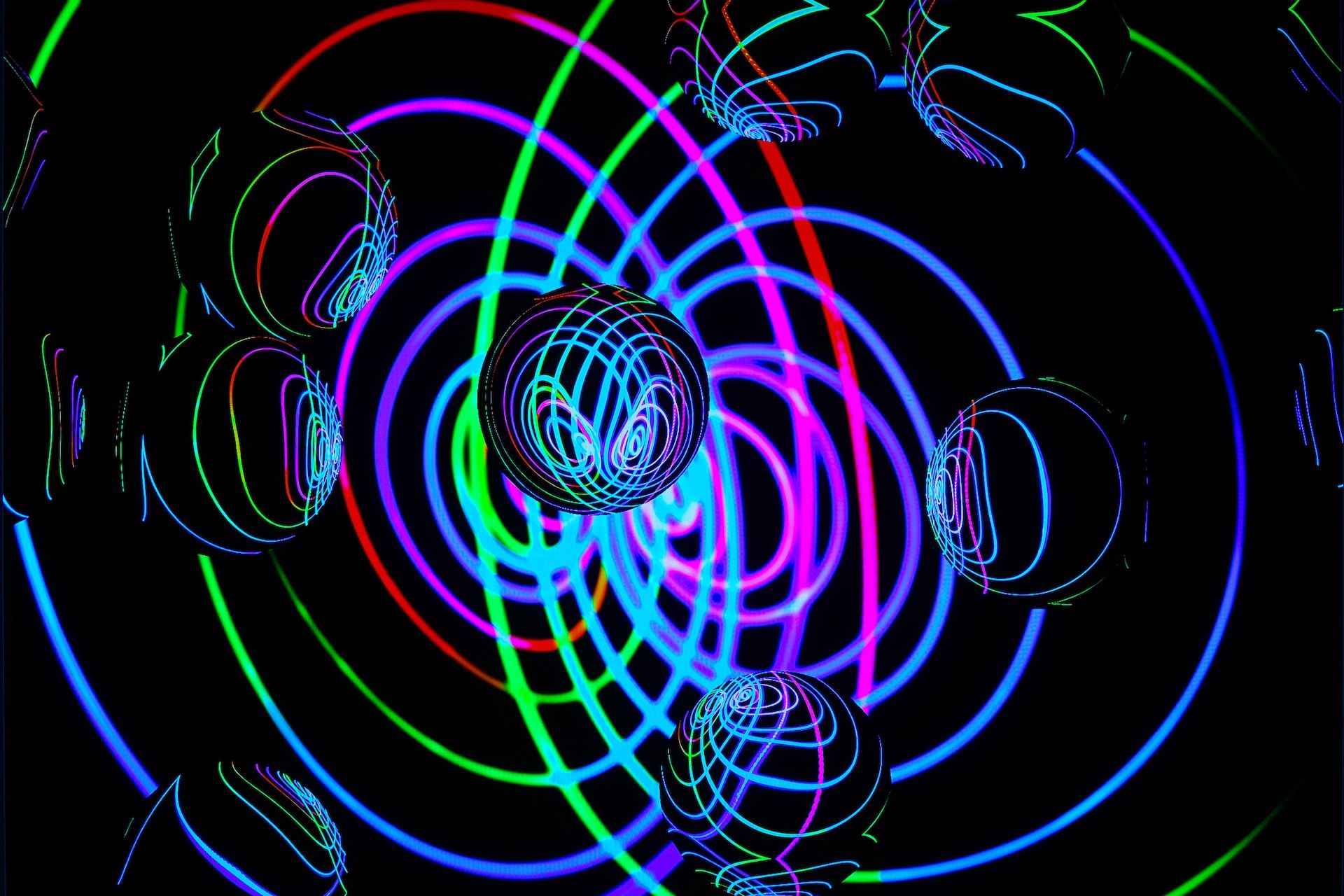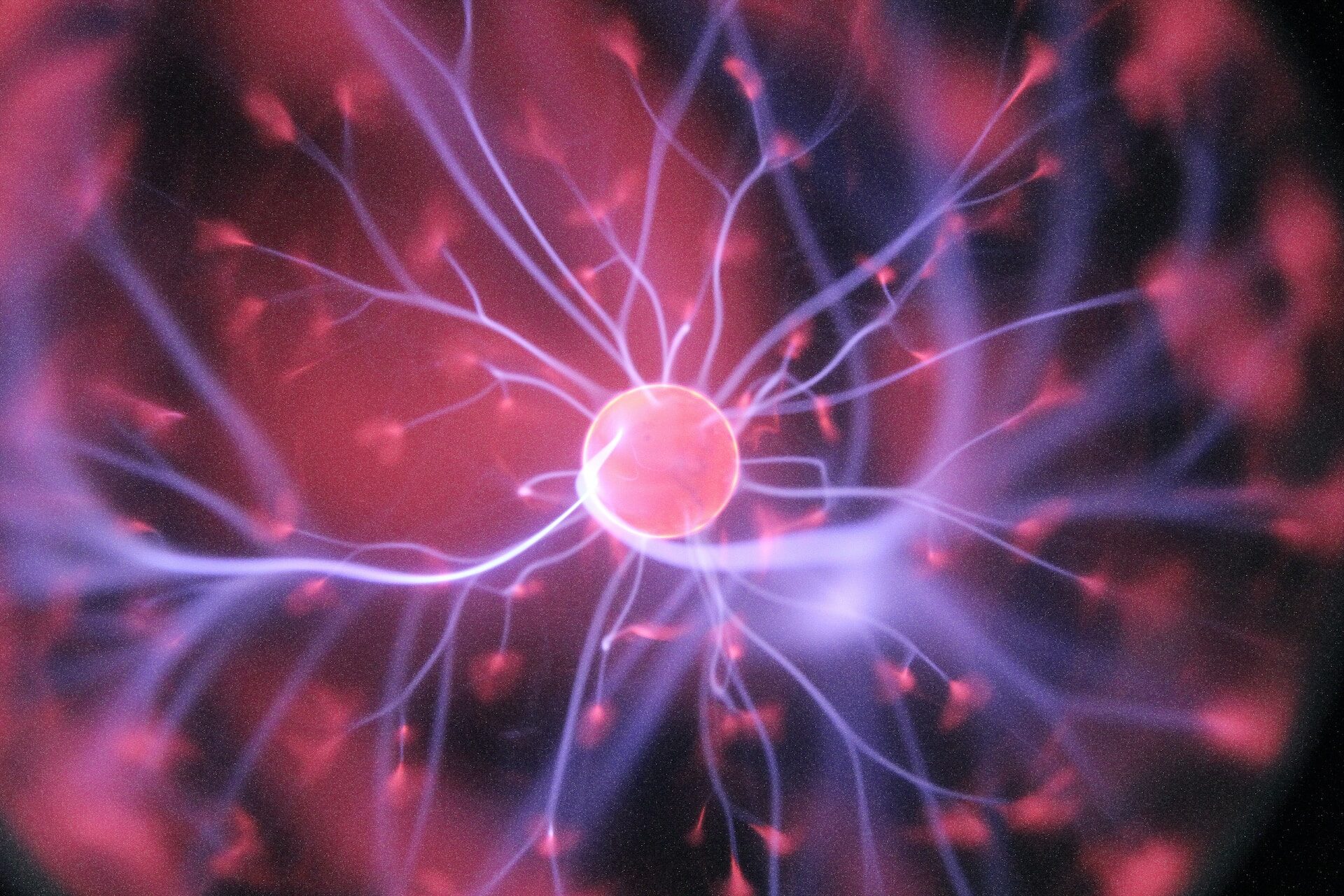
The Theory of General Relativity: The Science of Science Fiction
February 5, 2023 - Emily Newton
Revolutionized is reader-supported. When you buy through links on our site, we may earn an affiliate commision. Learn more here.
Can science fiction co-exist with the theory of general relativity? Science fiction is riddled with scientific inaccuracies, but the impossibilities of sci-fi are often based on science realities. For instance, we know that things can travel between stars, but it would take a very, very long time to make the journey. So, science fiction writers and filmmakers imagine the most plausible technologies they can to solve the problem and tell a good story.
Keep reading for an introduction to the theory of general relativity and what it means for science fiction.
The Theory of General Relativity and Special Relativity
Albert Einstein created both the theory of general relativity and the theory of special relativity, though it took him several years between the two. These theories illustrate the way light and space-time work.
The theory of special relativity tells us that light moves at the same speed, no matter what. The speed of light is a constant and it is not possible for light to move any faster. A beam of light coming from a car moving at two times the speed of light would still only move at the speed of light.
The theory of general relativity tells us how matter and space-time interact. American physicist John Wheeler summarized the theory of general relativity perfectly when he said, “space-time tells matter how to move. Matter tells space-time how to curve.” General relativity essentially says that massive objects, such as the Sun, curve space and time around them. This curve results in the gravitational relationships we observe in the universe.
A popular illustration of this involves imagining a flat bed sheet. Sit a large object, like a bowling ball, in the middle of the sheet and it will curve the sheet. Now other objects that someone puts on the sheet will move differently because of the curvature of the sheet. Marbles rolled along the sheet will “orbit” the bowling ball because the super-massive bowling ball curved the sheet that the marbles are moving along. Now, imagine that the bowling ball is the Sun and the marbles are the planets of our solar system. The sheet is space-time.
The theory of general relativity and the theory of special relativity collide in science fiction in a complication called time dilation.
Time Dilation: The Real Villain of Science Fiction
Time dilation is what happens when time moves differently in two different places in the universe. One of the most famous examples of this in science fiction is in the film Interstellar. The main character, Cooper, visits a planet closely orbiting a black hole. One hour on this planet is equal to seven years back on Earth. This is time dilation.
Time dilation occurs because of a combination of the principles of the theory of general relativity and the theory of special relativity. Accelerating objects experience time slower than objects that are sitting still, so more time passes for a stationary object than for a moving object. This is how seven years can pass on slow-moving Earth while only an hour passes on a fast-moving planet orbiting a black hole.
Imagine two astronauts, one in a complete vacuum and the other orbiting a massive object like a black hole, which has extremely strong gravity. If the two astronauts both shine laser pointers from two points, A and B, they will observe different results.
Astronaut 1 is on a planet, say, “Krypton”, that is orbiting a black hole, causing Krypton and everyone on it to move extremely fast. The black hole is so massive that it curves space and time for everything near it – that is, everything in orbit around it.
Meanwhile, Astronaut 2 is sitting isolated in empty space. There is no massive object nearby to curve space or cause the astronaut to move at a high speed. Both astronauts feel as if time is moving normally for them. However, if both astronauts were to shine a laser pointer at the same time across the same distance, they would observe time dilation.
Two Astronauts
The theory of special relativity tells us that light always moves at the same speed, no matter what. It can’t go any faster, even if an object is accelerating (like, for instance, on a planet orbiting a black hole). But the theory of general relativity tells us that space is curved near massive objects like black holes.
So, the beam of light is actually traveling in a curved line on “Krypton” where Astronaut 1 is. In empty space where Astronaut 2 is, the beam of light would be traveling in a perfectly straight line. Of course, each line appears straight from the perspective of the astronaut shining the flashlight. However, the beam from Astronaut 1’s laser pointer on Krypton effectively has to travel further since it is moving along curved space. Yet, both beams of light are traveling at the same speed, the speed of light.
The only way for this to be true is if time is also curving along with space. The laws of physics tell us that speed, or velocity, is equal to distance divided by time. If Astronaut 1’s beam of light has to cover a greater distance due to curved space, a greater amount of time must be passing for Astronaut 1. That is, time is moving slower on Krypton relative to empty space where Astronaut 2 is.
Unfortunately for sci-fi, all of this means that the faster an object travels, the more time is slowed down and the worse time dilation gets. Time will feel normal to anyone on a spaceship moving extremely fast, but to those outside the spaceship, who are not moving that fast, more time will pass.
The Theory of General Relativity in Science Fiction
So, why are the theory of general relativity and time dilation such a big issue for science fiction? Well, it’s great for people who want to time travel to the future. However, it makes some staples of science fiction effectively impossible. Here are a couple such impossibilities caused by the theory of general relativity.
Intergalactic Space Travel
What is science fiction without intergalactic space travel? Every big sci-fi franchise includes some form of space travel from one star system to another. Is it possible to travel between stars? Strictly speaking, yes. However, the theory of general relativity means that intergalactic space travel would not work the way science fiction presents it.
When characters in franchises like Star Wars travel between planets, it happens instantaneously and all the planets are moving along through time at exactly the same speed. In reality, due to time dilation, spaceships moving at these extremely high speeds would time travel while they travel between star systems. Less time would pass on an X-Wing fighter than in the star systems it is traveling between.
This means that logistically, intergalactic space travel is effectively a one-way trip. By the time an astronaut left Earth, traveled to another star system or galaxy, and came back, everyone they knew would have aged and died and the world as they knew it would be completely different because years or centuries passed while they were away.
Intergalactic Civilizations and Wars
On an even bigger scale, time dilation and the theory of general relativity make intergalactic civilizations and wars completely impossible. The laws of physics create issues for such civilizations on even the most basic level.
For instance, communication would be a nightmare. Even between Earth and Mars, communication is frustrating. It takes eight minutes for radio messages to get from Earth to Mars or vice versa, making it a 16-minute round trip. That time gap worsens the further apart sender and receiver get. This is manageable between Earth and Mars. But between stars or galaxies? It could take years for two people to have a conversation, if they got to finish it at all.
As if the extreme communication delay didn’t make intergalactic civilizations complicated enough, everyone would be on a different timeline. As established above, traveling between star systems or galaxies would either take years or cause the starship to time travel and “skip” years due to time dilation. So, if a starship like the U.S.S. Enterprise in Star Trek, received a distress signal from another system, the sender would be long gone by the time the Enterprise finally got to that system. Due to time dilation, this is true even if the Enterprise traveled near the speed of light.
A Tunnel in Space-Time?
So, is there any way that the starship Enterprise, Luke Skywalker’s X-Wing, or any other sci-fi spaceship could get around the theory of general relativity? Maybe. In fact, Interstellar uses the one loop hole that might do it: a wormhole.
The real problem with space travel is getting around travel time. So, what if we could take a shortcut through space-time? That’s the idea behind wormholes, a theoretical method of bending space-time.
Imagine a piece of paper with a red dot on one end of the sheet and a blue dot on the other. The red dot is an exoplanet in the TRAPPIST-1 system and the blue dot is Earth. If we wanted to travel between the two, we could walk the whole distance along the sheet of paper. That would take a long time, though. Instead, imagine folding the paper so the two dots are right next to each other. Now they’re way closer.
This is what a wormhole does. It bends space-time so that we can take a tunnel, a “shortcut”, through space without using up a whole bunch of time. We could jump from Earth to TRAPPIST-1 instantaneously. Numerous sci-fi movies and franchises use wormholes, such as Interstellar and Stargate.
Wormholes are still theoretical, but they are technically possible in the context of Einstein’s theory of general relativity. Of course, there’s still the problem of time dilation between planets, but at least we could visit them without losing time on the commute.
The Theory of General Relativity and Us
The theory of general relativity might seem like a buzz-kill for science fiction. In the real world, though, it can create some pretty cool experiences that seem straight out of an episode of Doctor Who. For instance, time moves differently on the International Space Station and other objects in orbit around the Earth. It’s a minor case of time dilation, right here in low Earth orbit! Clocks move slower in orbit and astronauts even age slower. The theory of special relativity also means that the deeper we look into space, the further we see into the past due to the speed of light. “Warp speed” and intergalactic civilizations may not be possible, but some pretty amazing stuff in, in fact, science reality.
Revolutionized is reader-supported. When you buy through links on our site, we may earn an affiliate commision. Learn more here.
Author
Emily Newton
Emily Newton is a technology and industrial journalist and the Editor in Chief of Revolutionized. She manages the sites publishing schedule, SEO optimization and content strategy. Emily enjoys writing and researching articles about how technology is changing every industry. When she isn't working, Emily enjoys playing video games or curling up with a good book.




